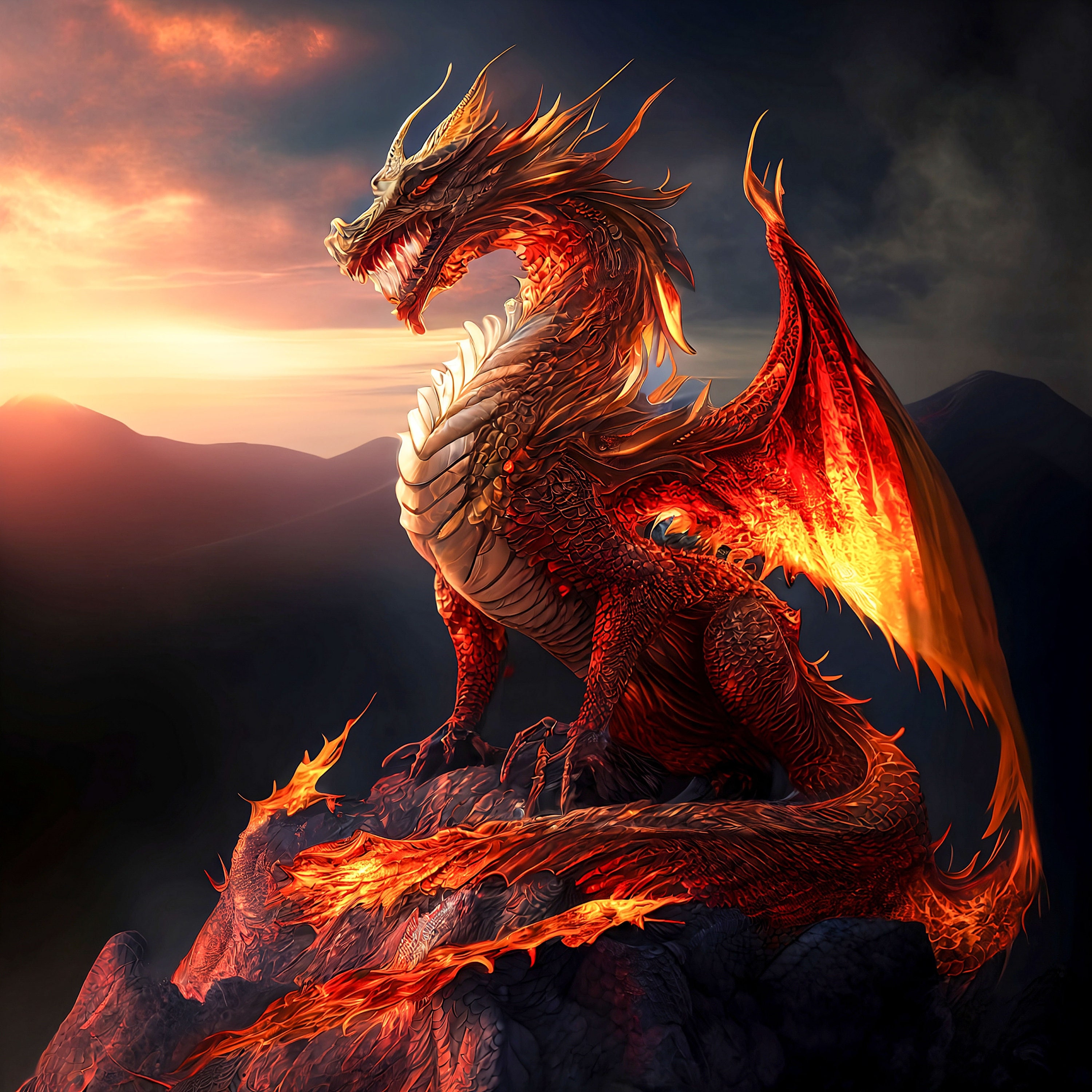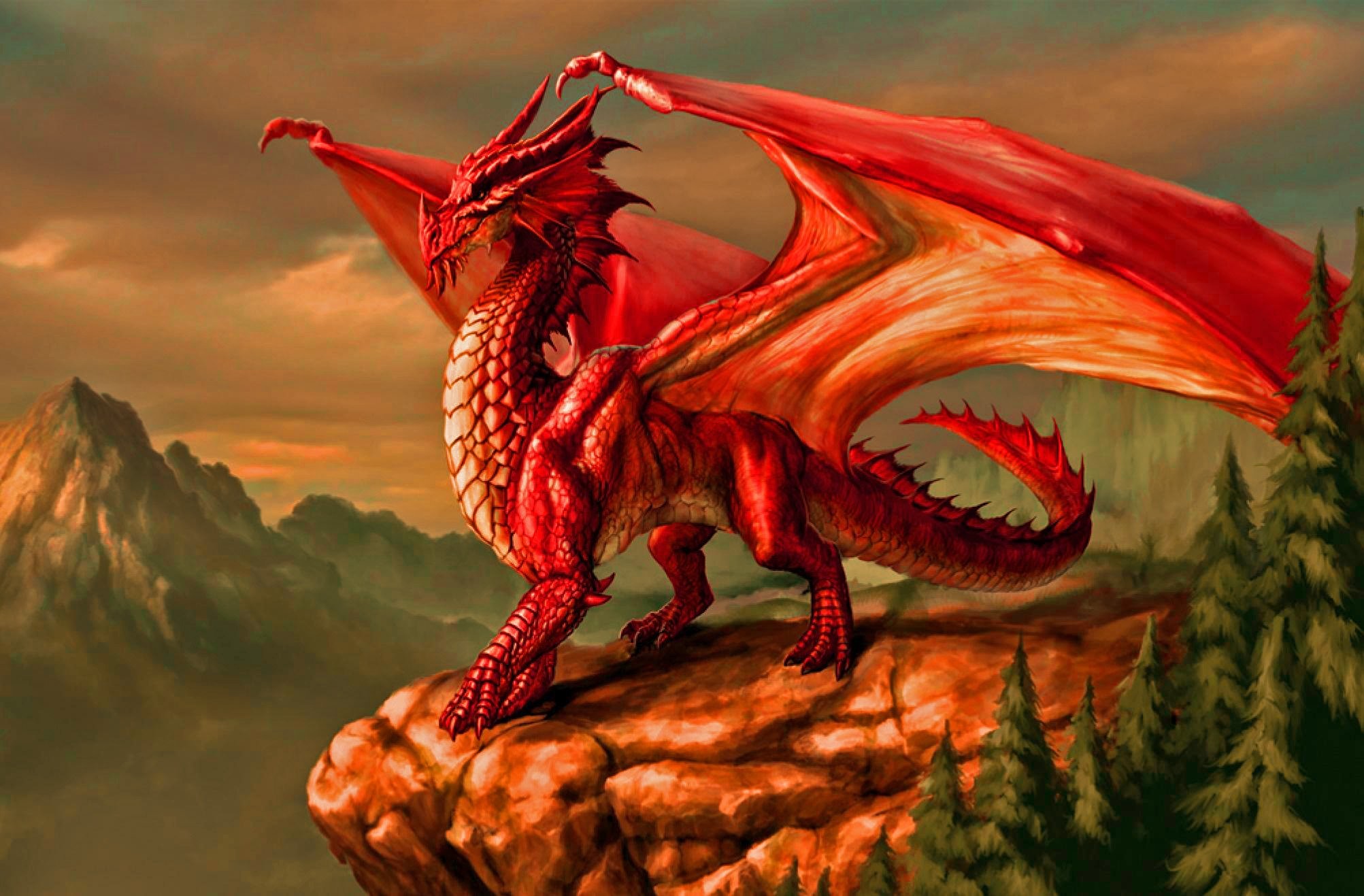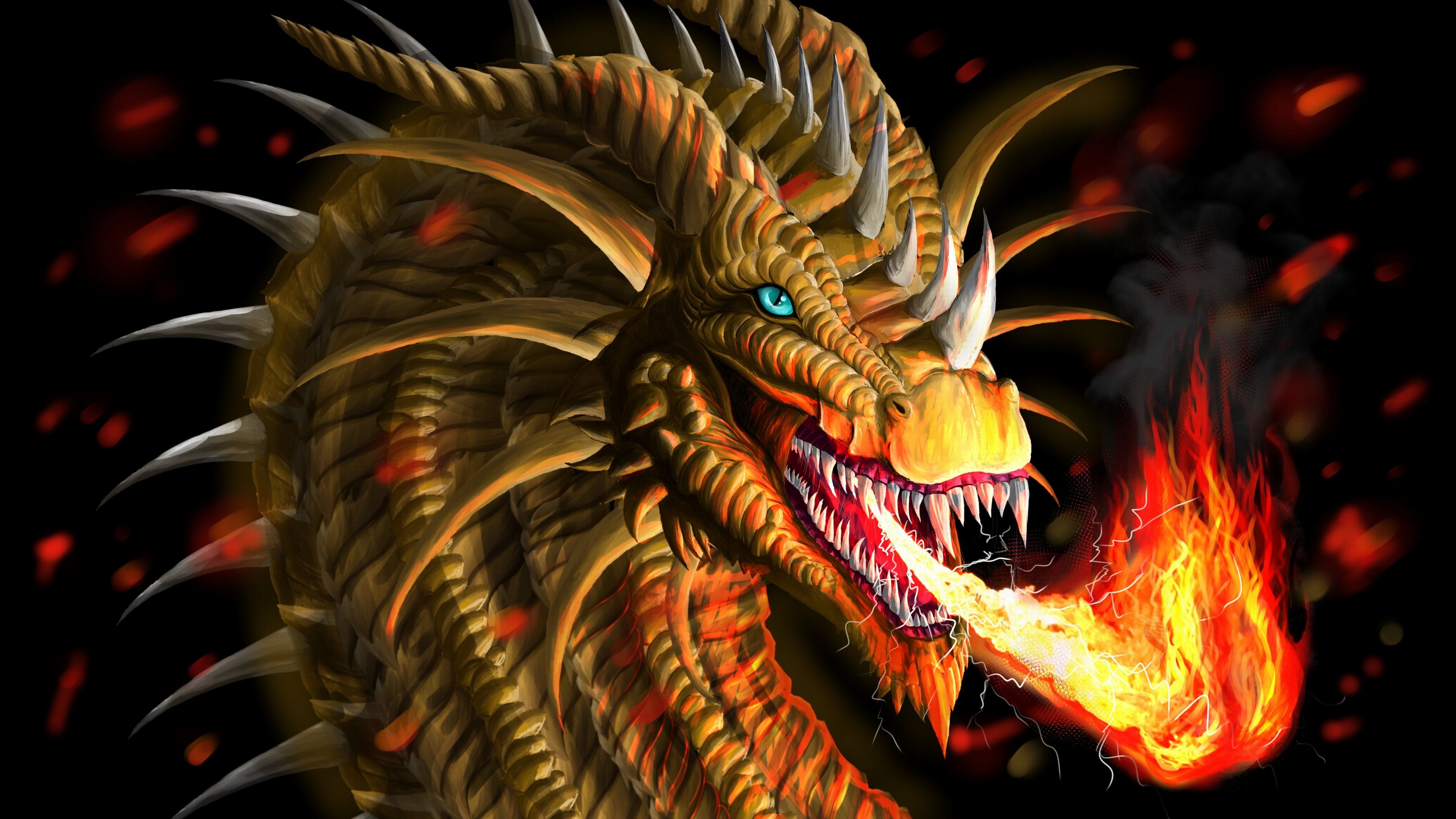AI-Generated Content
This article has been created using advanced AI technology to provide you with informative and engaging content.
AI-Curated Resources:
Have you ever paused to think about the name of your favorite dish, especially something like Dragon Bowl Ramen? It's a name that really gets your attention, bringing to mind images of something grand and full of character. This kind of name often sparks a bit of curiosity, making us wonder what stories might be tucked away in those words.
When we hear "dragon," different pictures might come to mind, you know, depending on where we grew up. For some, it could be the fiery creatures from Western stories, while for others, it might be the graceful, wise beings from Eastern tales. The name "Dragon Bowl Ramen" itself, in a way, brings together these varied ideas.
This interesting choice of words, particularly "dragon," has a rather long history, especially when we consider how it came to be used for the Chinese "Lóng." It's a story that goes back quite a ways, to how concepts got translated from one culture to another.
Table of Contents
- What's in the Name - The "Dragon" in Dragon Bowl Ramen?
- Where Did the "Dragon" Translation for Dragon Bowl Ramen Originate?
- How Does the "Dragon" Name Influence Our Perception of Dragon Bowl Ramen?
- Western Dragons Versus Chinese Lóng and Their Link to Dragon Bowl Ramen
- Why Does the Language Around Dragon Bowl Ramen Matter?
- Thinking About Cultural Meanings for Dragon Bowl Ramen
- What's Next for Names Like Dragon Bowl Ramen?
- A Look Ahead for Dragon Bowl Ramen Terminology
What's in the Name - The "Dragon" in Dragon Bowl Ramen?
You might be thinking, what does a creature from old stories have to do with a bowl of noodles? Well, it's almost about the feeling the name gives you, isn't it? The word "dragon" itself has a bit of a story, especially in how it came to stand for the Chinese "Lóng." Apparently, this connection goes back to a time when Western missionaries were first arriving in China, like Robert Morrison during the Opium Wars. He thought the "Lóng" looked a lot like the "dragon" described in the Book of Revelation, so he used that word. That's how, basically, the translation got started.
This initial link, you know, between "Lóng" and "dragon" was so strong that papers were even published based on this idea. It just goes to show how strong those first impressions can be. For "dragon bowl ramen," this history of the word "dragon" gives the name a certain weight, a kind of background story that's pretty interesting. The very sound of "dragon bowl ramen" suggests something with a bit of flair, perhaps even a dish that makes a statement.
Where Did the "Dragon" Translation for Dragon Bowl Ramen Originate?
So, the idea of "dragon" being the word for "Lóng" really took hold because of those early observations. It was a missionary, Robert Morrison, who made that initial call, seeing similarities between the Chinese "Lóng" and the "dragon" from a very specific Western religious text. This choice, actually, had a lasting impact on how the word "dragon" was used to talk about the Chinese "Lóng" for a long time. It’s a point of origin that shapes how many people, perhaps even those enjoying a serving of dragon bowl ramen, think about the word.
- Scary Phone Numbers
- Phone Numbers Creepy
- What Does Nfs Mean On Snap
- Linda Ronstadt Children
- How Tall Is Harper Zilmer
This kind of translation, where a word from one culture is used to explain something from another, can sometimes cause a little bit of confusion. It's like trying to fit a piece into a space it wasn't quite made for, in some respects. For "dragon bowl ramen," the "dragon" part might bring up different images for people who know about Western dragons versus those who are more familiar with the Chinese "Lóng." This subtle difference can make the name feel different to various people, which is quite fascinating, you know.
How Does the "Dragon" Name Influence Our Perception of Dragon Bowl Ramen?
When you hear "dragon bowl ramen," what comes to mind? Is it something fiery and fierce, or something more graceful and wise? The way we picture things, you know, is often shaped by the words we use. Western academic thinkers have, more recently, started to see that Chinese cultural ideas are really quite special, and they don't always line up perfectly with Western ideas. So, using existing Western words to explain Chinese ideas is something that's being looked at differently now. This shift could very well change how a name like "dragon bowl ramen" is seen over time.
This shift in how people think about translation is pretty important. There's a growing preference to just use the Pinyin, which is the direct sound of the Chinese word, instead of trying to find an English equivalent. This means that for something like "dragon bowl ramen," the "dragon" part might someday be thought of in a new way, or perhaps even change. It's a subtle but significant movement in how we talk about cultural items, something that affects how names like "dragon bowl ramen" are understood across different backgrounds.
Western Dragons Versus Chinese Lóng and Their Link to Dragon Bowl Ramen
It's quite interesting how the word "dragon" in English, as described in encyclopedias, often points to a creature from Western stories. This kind of creature shows up in books, art, buildings, and even monuments. This is usually a large, reptile-like monster. But then you have the Chinese "Lóng," which is quite different, isn't it? This distinction is something that "dragon bowl ramen" might accidentally bring up, depending on the person hearing the name. The mere mention of "dragon" can conjure up a wide array of mental pictures, which is really something to think about.
There are also other names for Western dragon-like creatures, like "Wyvern," "drake," and "wyrm." "Drake," for instance, in some card games, is a small dragon. A "wyrm" might be a dragon that crawls on the ground and doesn't breathe fire. In some fantasy stories, a "cold drake" or "cold dragon" is one that doesn't breathe fire. These specific differences, you know, aren't always clear unless you're talking about them in a very particular setting. This just shows how many different meanings the word "dragon" can carry, which then colors how we might think of "dragon bowl ramen" and what kind of meal it might represent.
Why Does the Language Around Dragon Bowl Ramen Matter?
The way we name things, and the words we choose, can really influence how people see them. Think about the phrase "dragonfly." Why is it called that? Is there a link to the Western idea of a "dragon"? That's a good question, isn't it? The image of a dragon, as you can see from many
AI-Enhanced Visual Content


